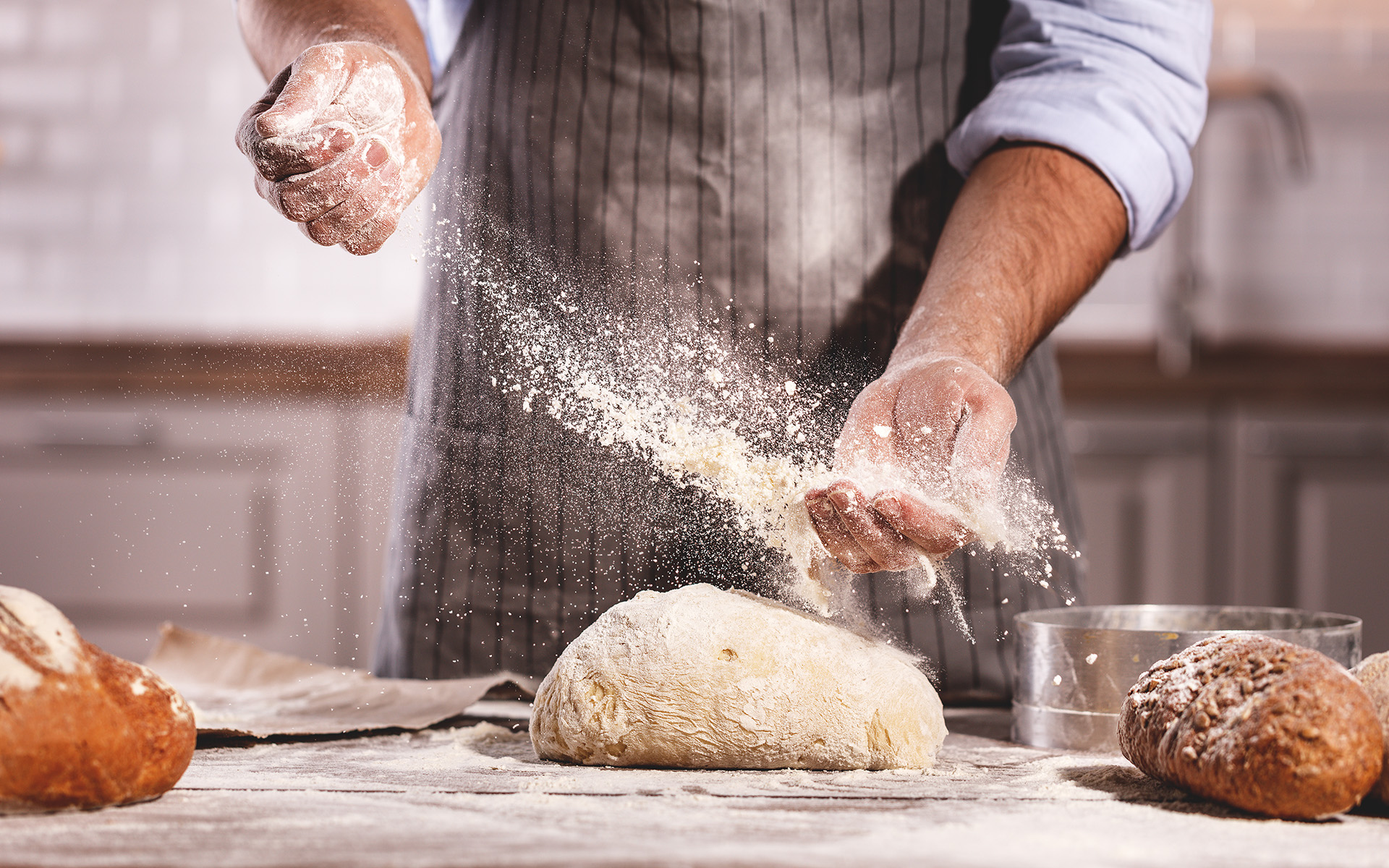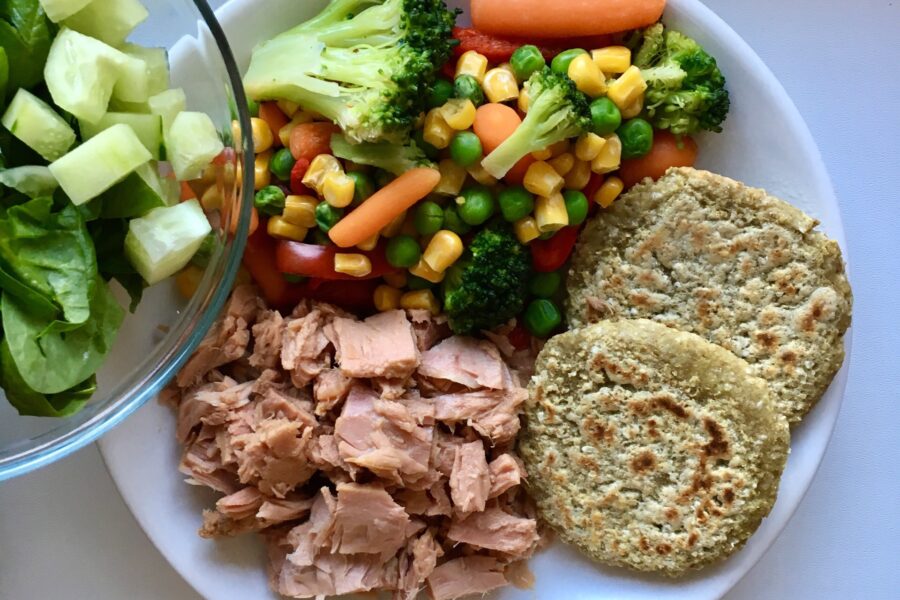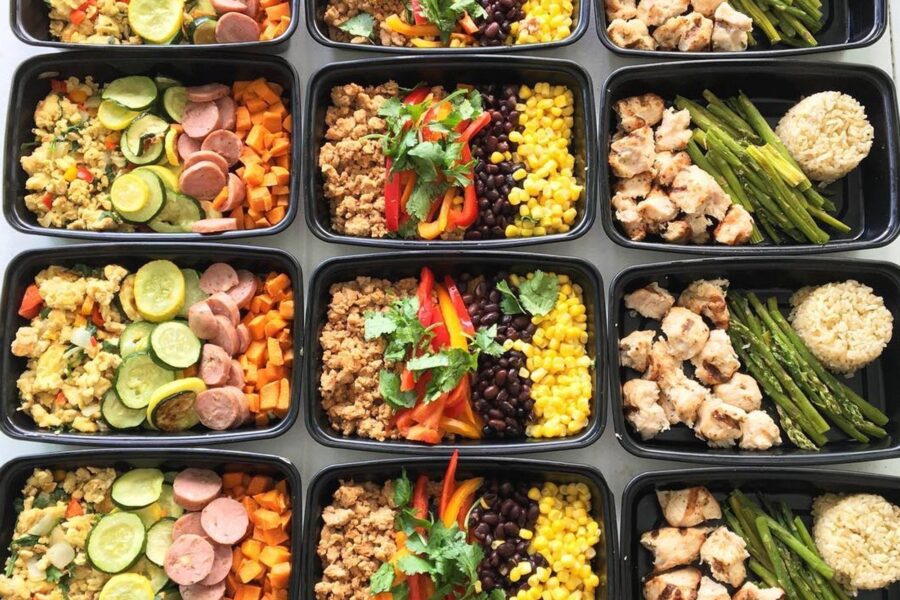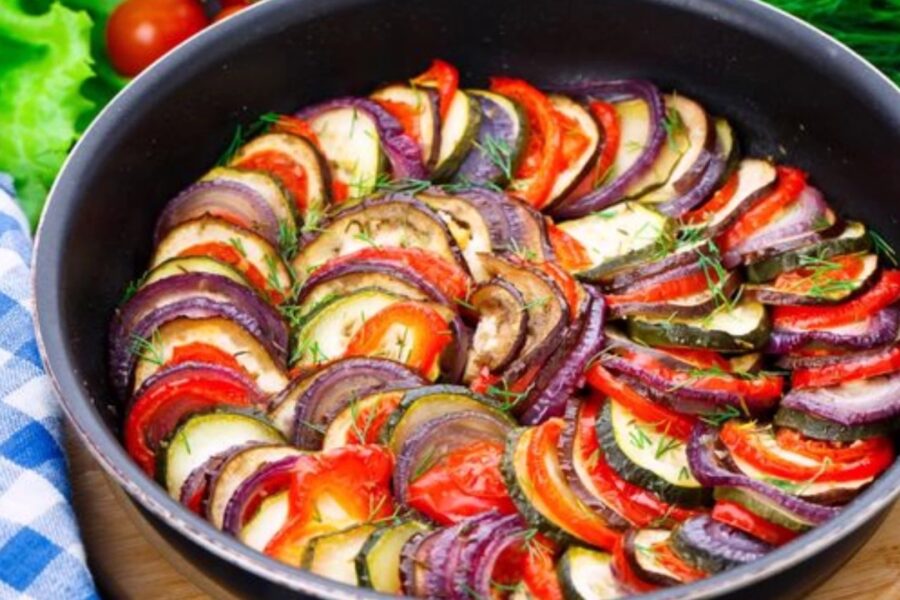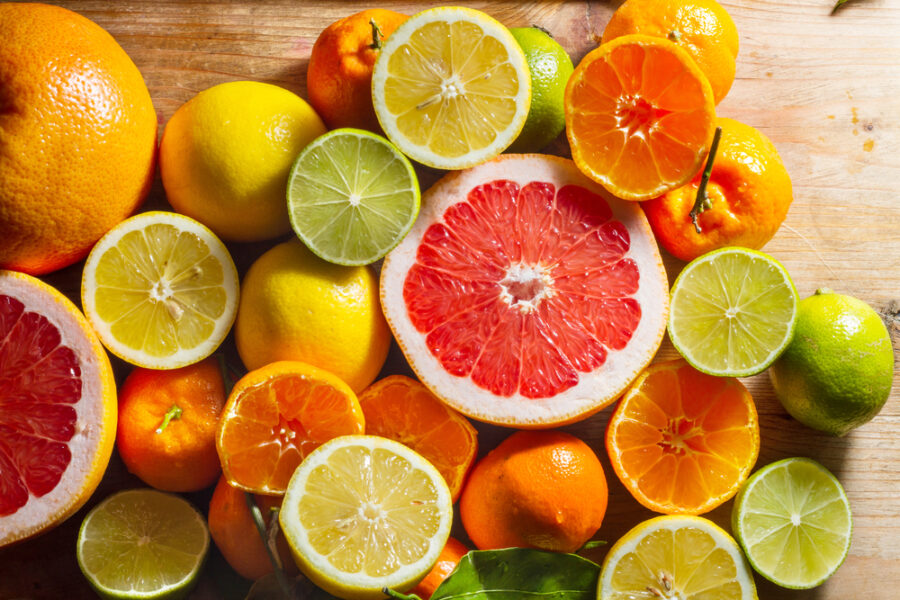Hey friends, let’s dive into the hearty world of whole grain baking. Why go whole grain, you ask? Whole grains are chock-full of nutrients, fibers, and flavors that refined flours can’t touch with a ten-foot spatula. But, if you think that baking with them is as complicated as assembling IKEA furniture, think again. Here’s your guide to making whole grain baking as easy as pie—or bread, or cookies!
Getting Started with Whole Grains
First up, let’s talk grains. Whole grains include all parts of the grain: the bran, germ, and endosperm. This trio is what gives whole grains their nutritional edge.
Mixing Your Flours
If you’re new to the whole grain game, start by mixing whole grain flours with regular all-purpose flour. You can do half-and-half or even just a third of whole grain to ease into it.
Moisture Magic
Whole grains can suck up more moisture than a sponge in a kiddie pool, so you might need to add extra liquid to your recipes. Think about milk, water, or even a bit of oil to keep everything from going drier than a popcorn fart.
The Waiting Game
After mixing your dough, give it a rest. Whole grains are a bit like us after a long day—they need a break to relax. Letting the dough sit for about 30 minutes can make for a tender crumb and a happier bite.
Flavor Town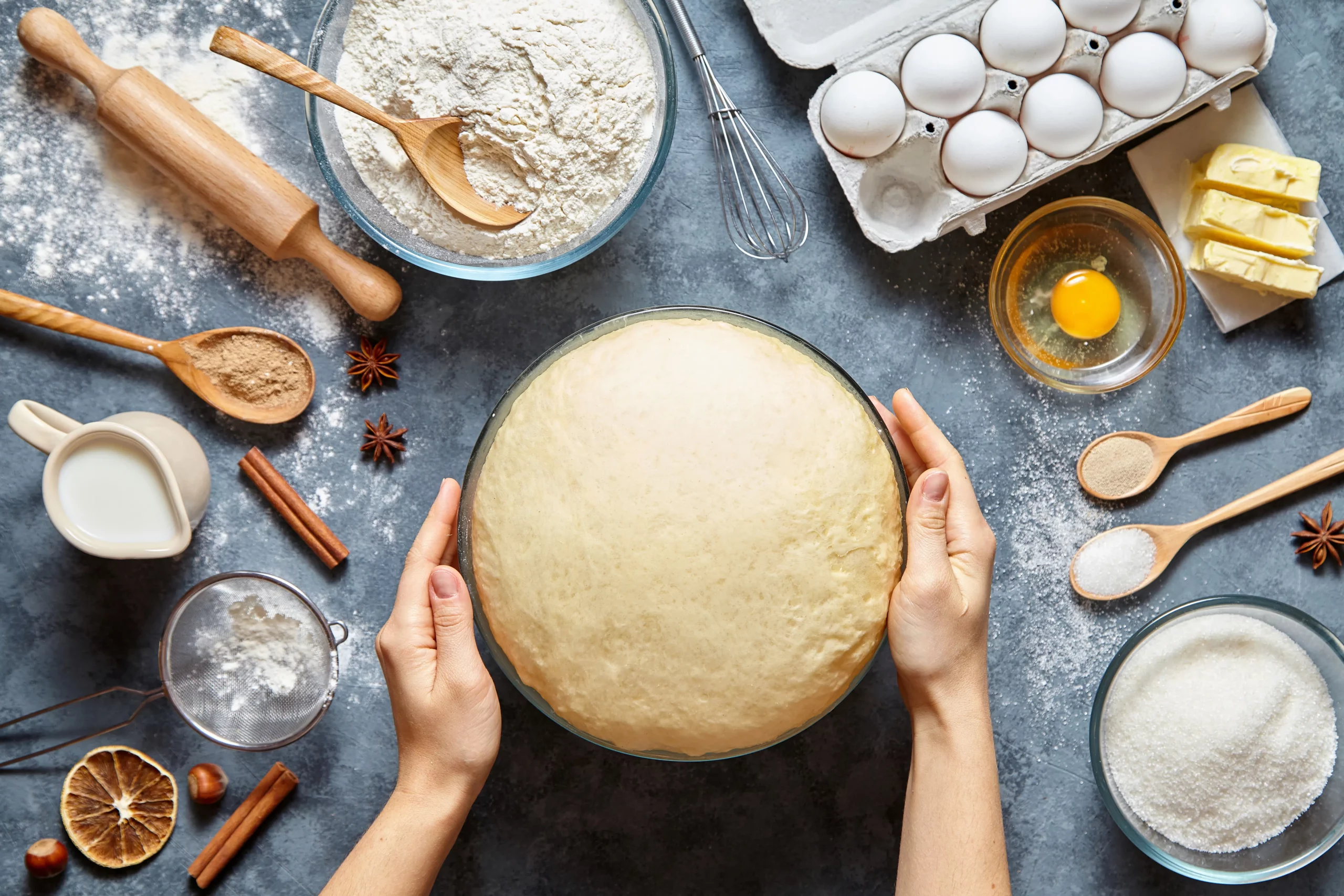
Here’s where whole grains shine—they bring a nutty and earthy taste that’s as rich as Jeff Bezos. Embrace it! Add some honey, maple syrup, or molasses to complement those deep flavors.
Texture Talk
For tender muffins and cookies, avoid overmixing once you’ve added the flour. Just like in any relationship, no one likes being stirred up too much. A gentle fold can be the difference between a rock-hard biscuit and a melt-in-your-mouth treat.
Rise to the Occasion
If you’re baking bread, remember that whole grain flours are denser than white flour. They might need a stronger leavening agent or a bit more yeast and time to rise than your regular bread.
Nutty Buddy
Toast your grains or flour in a dry skillet or oven before using them. This step will unleash a symphony of flavors that’ll make your baked goods sing like a choir.
Keep it Fresh
Whole grain flours have all the good oils from the germ, which can go rancid. Keep ’em in a cool place or freeze them to extend their shelf life.
Fine Finishes
A sprinkle of whole grain on top can add a crunch that’s more satisfying than stepping on fallen leaves. Oats, quinoa, or millet can give a beautiful finish and texture.
Health Hero
Remember, you’re doing this for the taste and the health benefits. Whole grains can help with digestion, give you more nutrients, and keep you full longer. Your body will thank you!
So there you have it. Baking with whole grains might take a bit of getting used to, but it’s well worth the effort. Happy baking, and may your kitchens smell amazing and your counters be forever flour-dusted!
